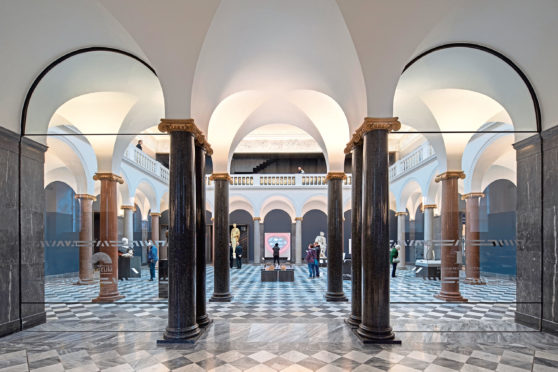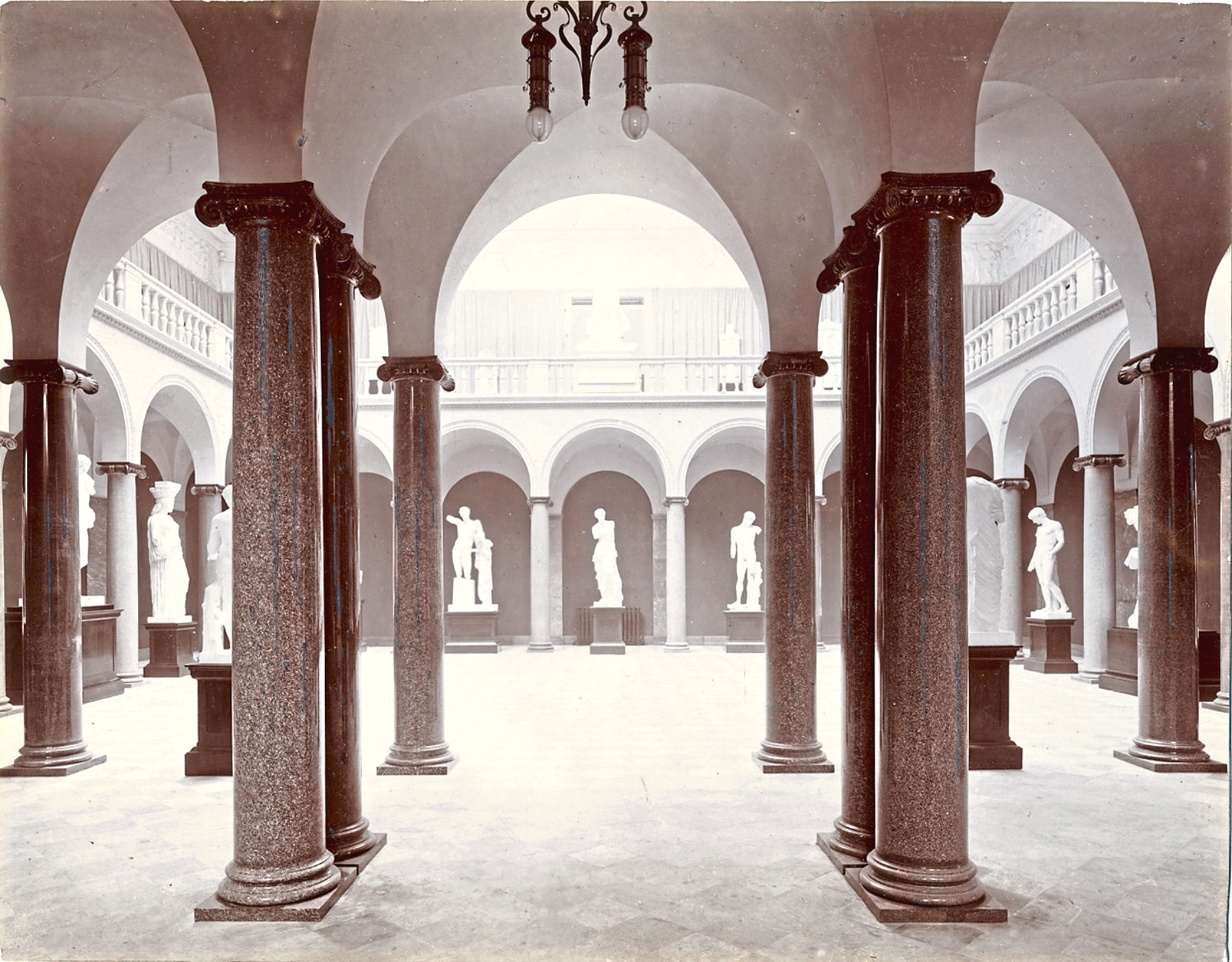As I write, I’ve spent pretty much the last five weeks living within my own four walls. I think we would all agree that the experience is challenging, to say the least.
And even for those going out to work, life is very far from normal – and we are all so grateful to those who are keeping us safe and keeping the world turning.
Lockdown has made me realise how much I value our public spaces. Thank goodness parks have stayed open as long as they have.
But I miss my workplace. I miss my colleagues and the routine of the job, but it’s more than that. I miss seeing offshore folk at the Maritime Museum, using our displays to tell their kids or grandkids what it is they do when they go away.
And I miss the art gallery with people getting inspired to be creative. The art gallery was founded with Victorian ideals of educating the masses and has always evolved with a central idea that it is a space for everyone.
For me, the gallery’s sculpture court is one of the most charming spaces in the city and, as a curator with an interest in industrial history, it holds a special place in my affections.
The Aberdeen Granite Association had a long-standing interest in sculpture classes for teaching an artistic discipline to young stonecutters and had supported these classes financially for some years. The gallery’s sculpture court extension in 1905, with plaster casts of the world’s finest sculptures to inspire a new generation of artists and craftsmen, was something they truly supported.
The association gifted 13 of the 28 turned and polished granite columns – the only colour in the otherwise monochromatic design.
Following the art gallery’s recent redevelopment, when I first stood in the new entrance and looked into the revitalised Sculpture Court, any misgivings I may have had about the plans to move two of the columns were immediately banished. I really felt as though we had achieved something our predecessors had wanted to do in 1905, but couldn’t. It manages to be both grand and impressive, but still small enough to feel welcoming. Let’s hope we can all get back to enjoy it soon.











